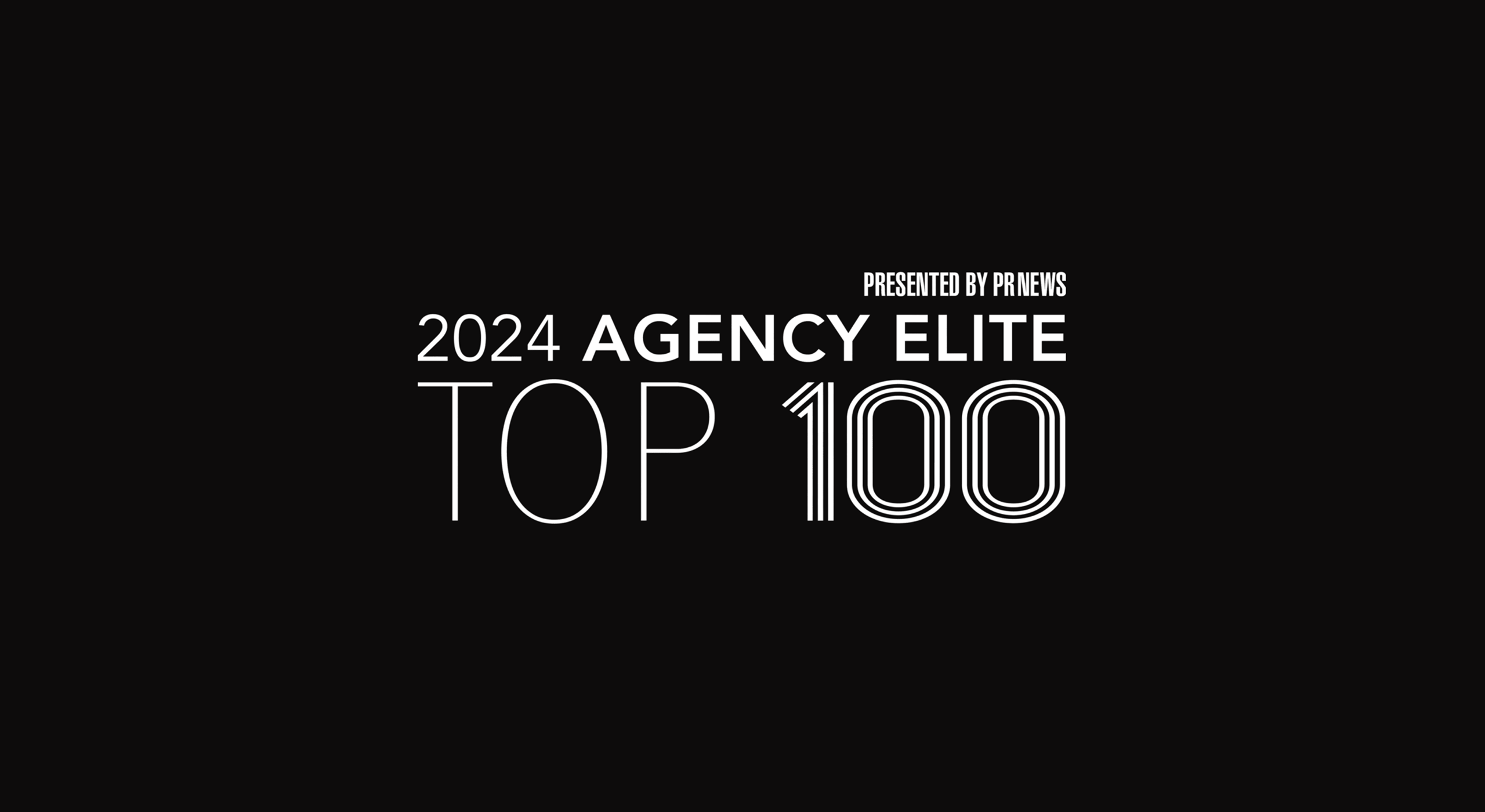
User-Generated Content Best Practices for Shopping Centers
By: Brandon Chesnutt
Shopping center developers, mall owners and operators, and marketing/social media managers are always looking for new ways to tell their story, reach more potential consumers, and subsequently drive foot traffic and boost sales.
The good news is that there is a (largely) untapped resource out there just waiting to be used: user-generated content. Consumers are generating photos and content at shopping centers every day. The explosion of mobile digital technology, the popularity of experience-sharing, and the growth of social media platforms, has created a kind of perfect storm of conditions that allow people to document and share moments that matter to them. Shopping centers and mixed-use destinations, with their cocktail of retail, dining and entertainment options, provide both the backdrop and the animation that makes them an especially popular setting for pictures and video to capture the moment.
This user-generated content is more organic, authentic and potentially more impactful than anything that shopping centers can generate on their own. More importantly, there’s a lot of it out there. The key is to tap into that vast reservoir of content in a smart and strategic way. Understanding what’s available to you–and how to leverage this content on your own channels (including basic strategies, tips and best practices)–should be a priority for any shopping center or marketing/social media professional.
The digital ecosystem
The term “experiential” gets used a lot these days. It’s arguably overused, in fact. All that really means is in quality retail and mixed-use environments, the options, activation and programming provides plenty of opportunities to do things. Maybe that’s your young child watching a puppet show or playing in a fountain, maybe it’s you and your family sitting down for a meal, or perhaps it’s a selfie with a friend. Maybe it’s a snapshot or video clip capturing special events like a tree-lighting ceremony or outdoor concert, but it might just be something simple: the simple pleasure of a great cup of coffee or your excitement about finding the perfect pair of shoes.
Now, with the proliferation of personal technology, people capture virtually everything in real time. Shoppers continue to document their visits to retail destinations with Facebook Check-ins, Instagram posts and tweets. Essentially, there is an army of content creators and personal documentarians already at work generating an extraordinary volume of content. For mixed-use properties in particular, the volume of user-generated content being created on site continues to grow at an incredible rate. A simple search on Instagram, for example, would bring up hundreds of photos a week (or more) for a large center, all part of a living and breathing ecosystem of digital content.
There are many centers who leverage this content and integrate it into their existing social media content strategy. However, the process is muddled at best. Searching through all the content, depending on the volume created, can take a great deal of time. Additionally, asking for permission to post a piece of content created by a user via a comment or direct message does not provide the same catchall language as a photo release form.
User-generated content marketing solutions
That’s where user-generated marketing solutions come in. These game-changing tools use location-based monitoring programs to easily filter and organize the volume of experiences being captured, make outreach easy and scalable, and ensure that appropriate rights signoff is obtained prior to sharing an image created by a guest.
User-generated content marketing solutions like Chute and Olapic provide mixed-use centers with a platform to identify content created in and around their center, tag assets by type of post, and manage the sharing process smoothly. Photos and videos created by guests while at the property are fed directly into a review dashboard based on the tagging of the center or the use of a brand hashtag. As a result, guest social media shares can be easily integrated into brand content. More importantly, content creators can be automatically presented with terms of use agreements via these platforms to ensure you obtain the appropriate rights to use their content.
Here’s the best part: it works. Not only is it more cost-effective to use “found” content, but user-generated content has an authenticity that resonates with viewers–and frequently exhibits storytelling power that’s as good or better than the brand (primarily because those posting the content are actually experiencing it).
Consider the following statistics:
- Ads based on user-generated content get 4x higher click-through rates (at around half the cost-per-click);
- User-generated YouTube videos get 10x more views than content created and uploaded by the brand itself;
- Brand engagement increases an average of 28 percent when users are exposed to a combination of user created product videos and professional content;
- User generated content is not only 20 percent more influential than all other media when it comes to influencing those all-important Millennial purchasing decisions, but Millennials are by far the most common creators of this content; and
- Sites that featured user-generated content see a 20 percent increase in return visitors, and nearly double the average time spent on the site.
So, where do you start? Here are some simple best practices to follow when building your user-generated content strategy:
Pay attention. It all starts with paying attention to what’s happening around you. “Listen” closely and identify where content is being created (search for hashtags and key words, and make use of geolocation tools).
Define what you are looking for. Don’t just search randomly. Know what you want (entertainment, shopping, food) before you go looking.
Be open to serendipity and spontaneity. While it’s good to have a plan, magic happens when you least expect it. Keep an open mind and be flexible, and when great content appears, make the most of it.
Ask permission. Communicate clearly and consistently with content creators. Let them know you like their work, give credit freely (tagging or thanking users, for example), and be aware that you are building on their experience(s).
Be specific. When you ask permission to use content, be specific. What does “share this” mean? Consider a more sophisticated legal agreement that gives you more latitude in how you can use an image and eliminates any gray areas.
Explore technology options. There are so many great tools out there that allow you to archive and organize images, manage the approval process, and ultimately elevate your marketing program, and the way people perceive and experience your center.
People are going to talk and post about your center whether or not you are paying attention. Get in the game: make the most of the opportunity to use user-generated content to supercharge your shopping center social media program. While it will never entirely replace the control factor that comes with a brand photo shoot, it can and should be a central part of your social strategy. At a time when so many marketing and social channels are consistently starved for quality content, it’s an ideal resource (if you know how to tap into it!).
A version of this article appeared in Chain Store Age.



